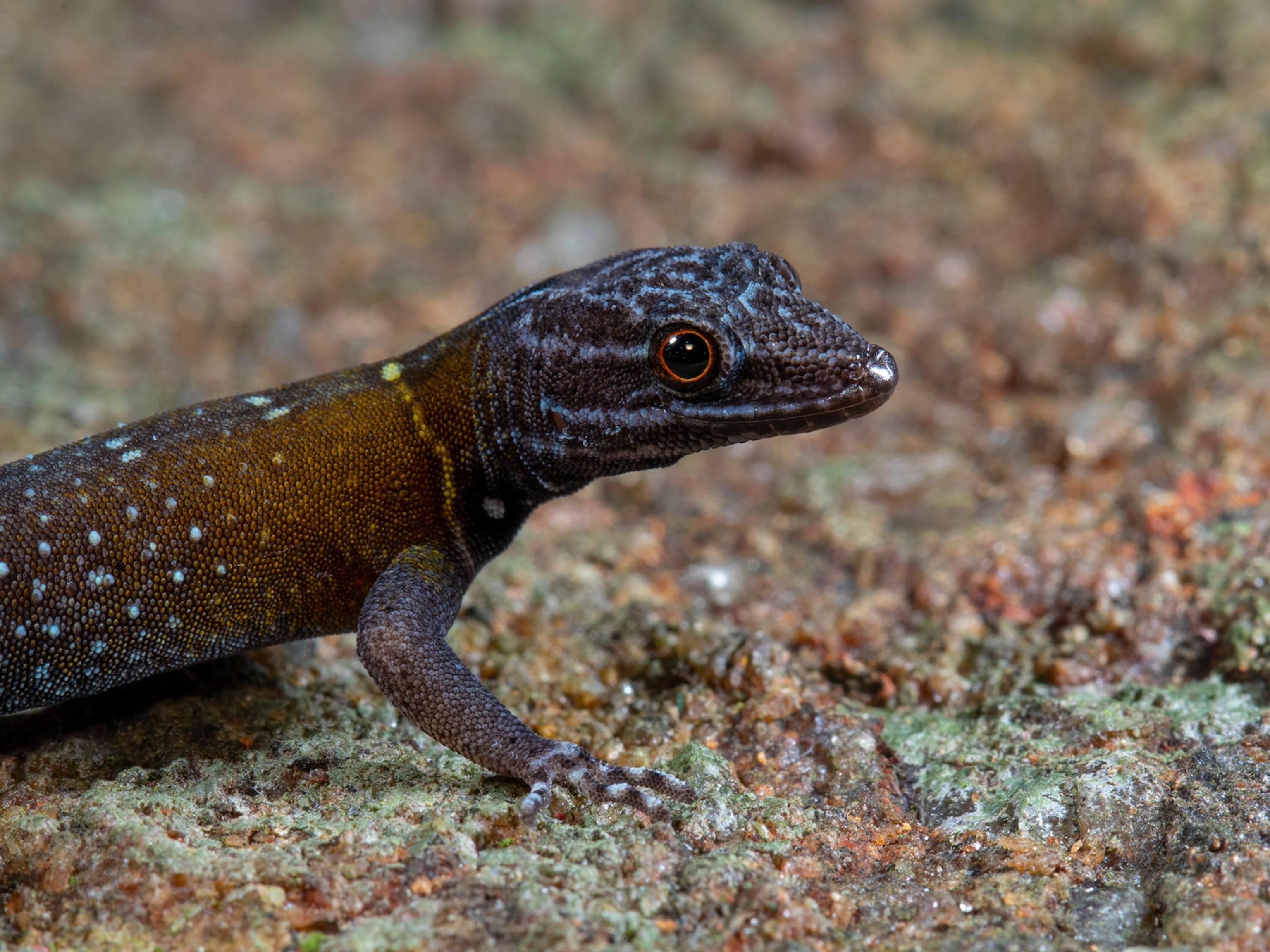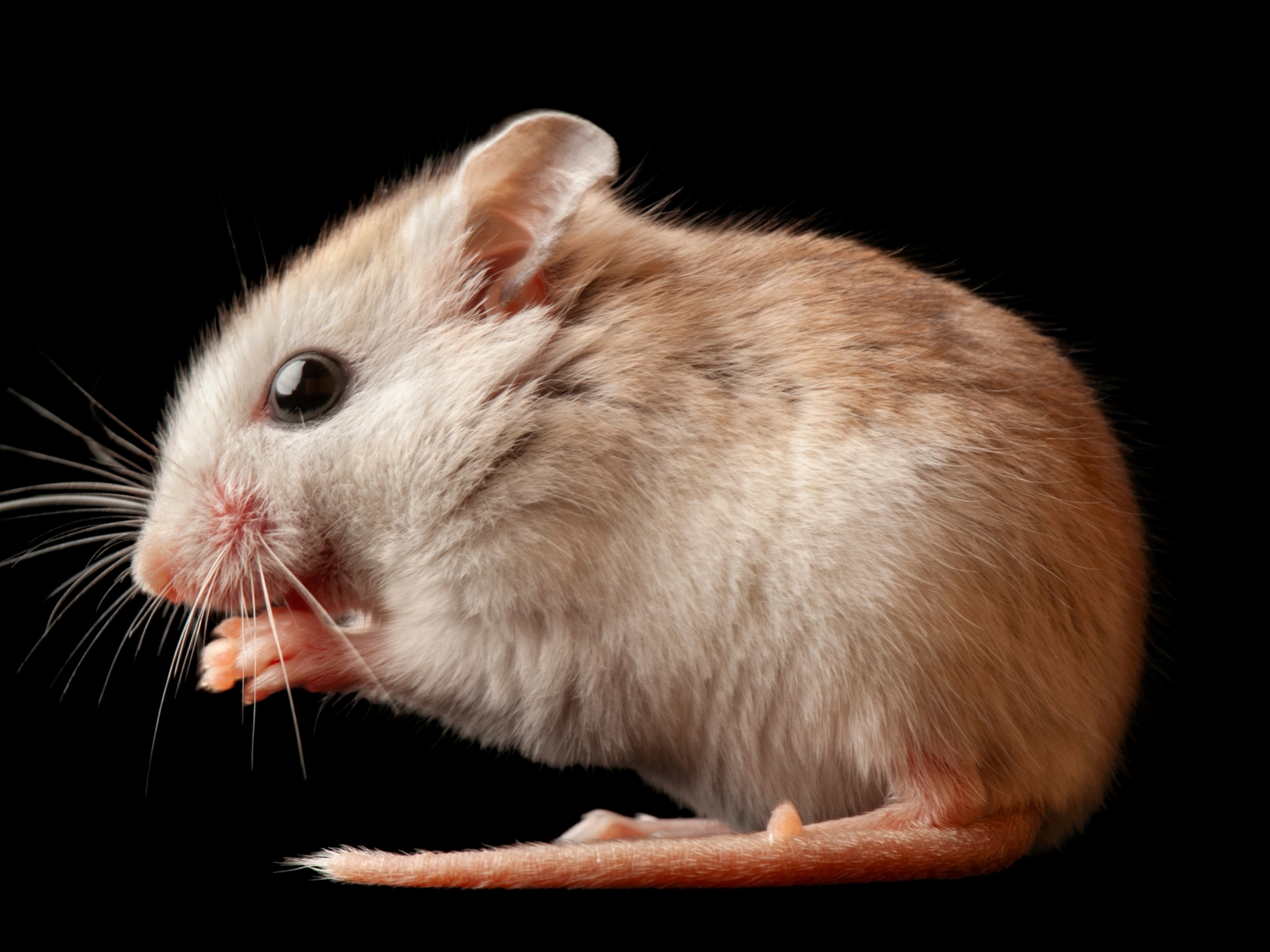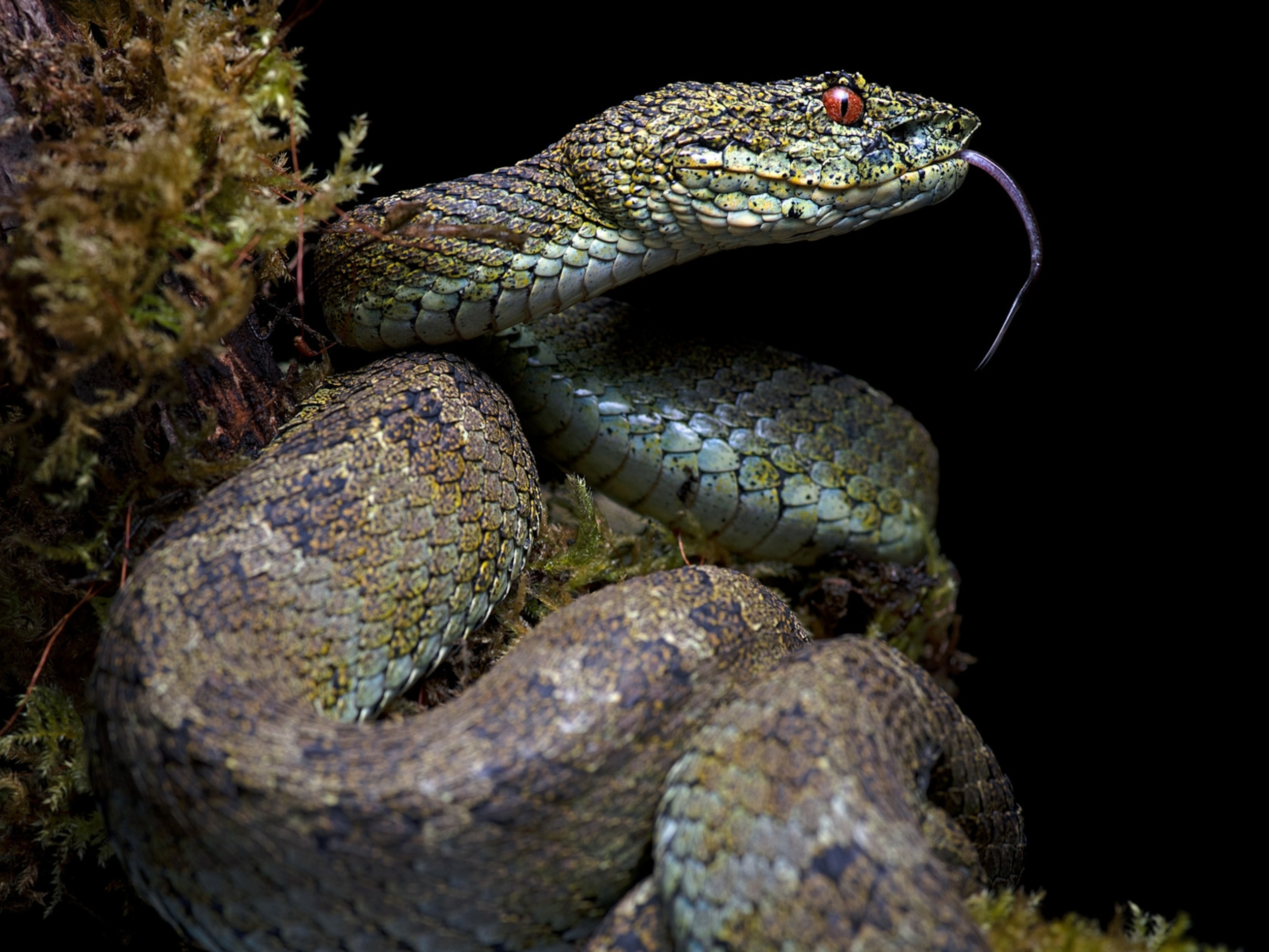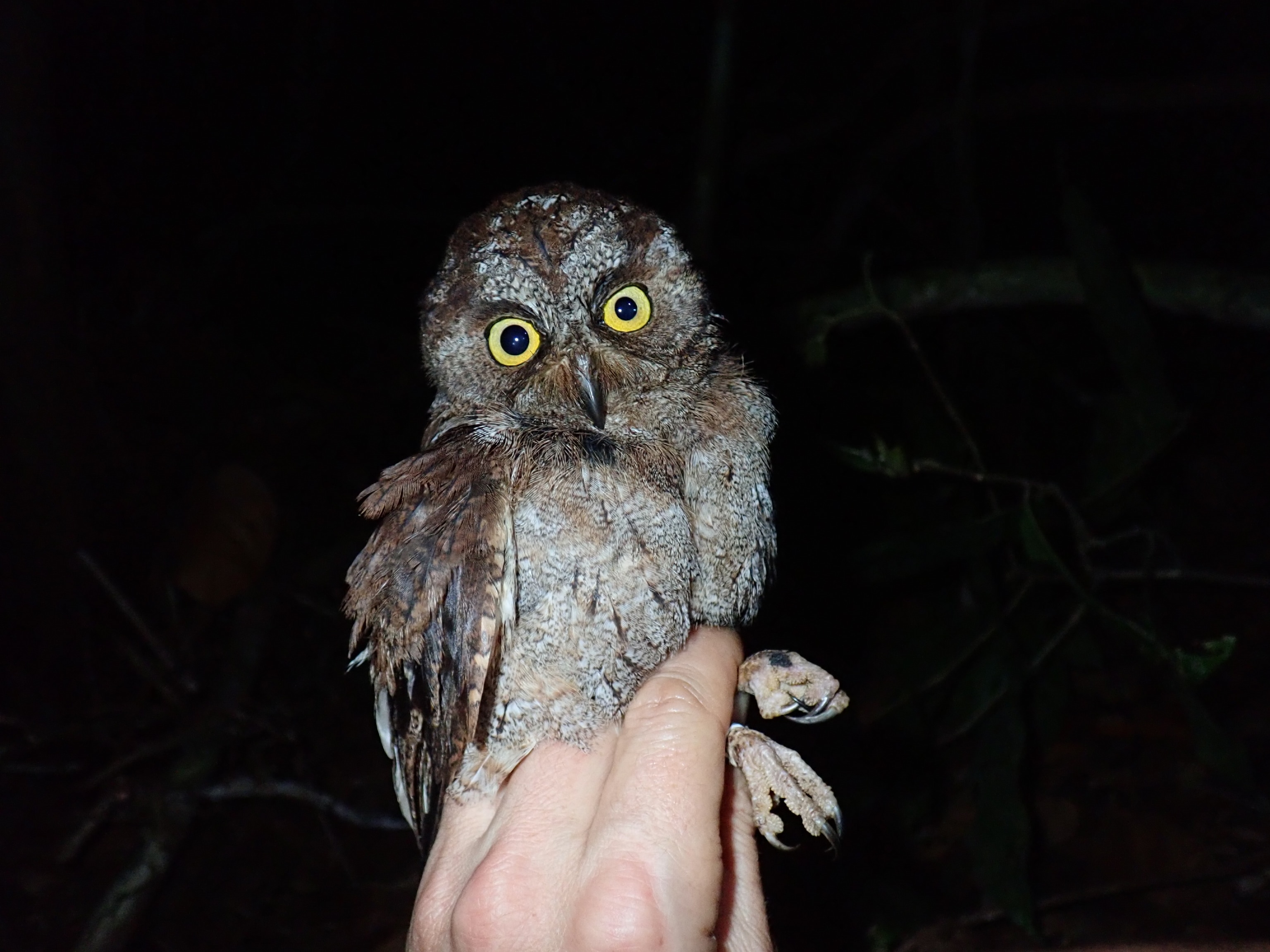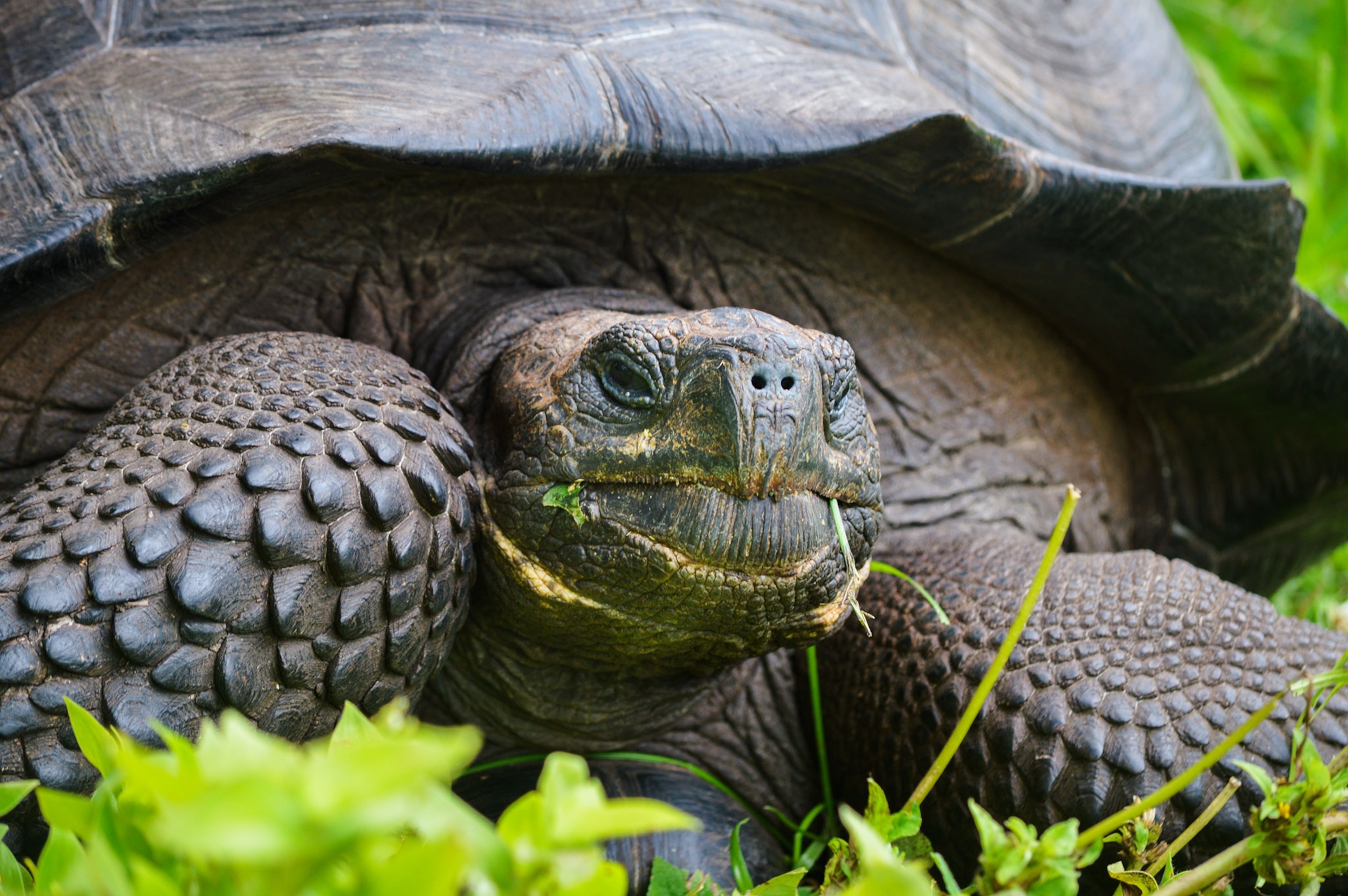
New Giant Tortoise Species Found on Galápagos Islands
The reptiles evaded detection as a distinct species for over a hundred years.
A new species of tortoise has been hiding in plain sight in the Galápagos. Now it has a name.
There are two populations of giant tortoises on the island of Santa Cruz: The ones that live on the island’s east side are known as the Cerro Fatal tortoises, and the ones in the west and southwest are called the Reserva tortoises. The two groups look so much alike that until recently they were considered the same species, Chelonoidis porteri.
When a research team led by Yale evolutionary biologist Adalgisa Caccone analyzed chunks of repetitive nuclear DNA and maternally inherited mitochondrial DNA from the two populations, they discovered that the smaller Cerro Fatal and larger Reserva populations were not only different species, but were more closely related to species on different islands than to each other.
Now, Caccone’s team has another problem to solve: One of these two populations is a new, unnamed species. But which one?
“As different as they are genetically, it’s not obvious to the eye,” says James Gibbs, professor of vertebrate conservation biology at the State University of New York, Syracuse, and one of Caccone’s co-authors.
What’s in a Name?
Caccone’s team traveled back in time, looking at older museum specimens, to figure out which population was the “new” species, and how to name it. These specimens included the so-called type specimen, collected in the early 1900s and considered to be the prime example of the C. porteri species.
But the genetic analysis revealed that the type specimen was a hybrid: It had Reserva tortoise nuclear DNA, but Cerro Fatal mitochondrial DNA.
The hybridization surprised Caccone—they hadn’t found many other examples of the two species interbreeding. She says she had to turn to taxonomy experts, who ultimately ruled that the nuclear DNA wins out: the larger Reserva population could stay C. porteri, and the smaller Cerro Fatal population could become Chelonoidis donfaustoi, named after a well-loved caretaker of endangered tortoises, Fausto Llerena Sánchez .
Caccone’s team published the species description Wednesday in the journal PLOS ONE.
A Tortoise, by Any Other Name
The strange hybridization of the type specimen, combined with the similarity of the two populations’ physical appearances, makes Daniel Mulcahy, a researcher at the Smithsonian National Museum of Natural History, a little skeptical. “They were very careful in what they did and very thorough with the data they collected and the way they analyzed it,” he says, but he’s eager to see more in depth genetic analyses.
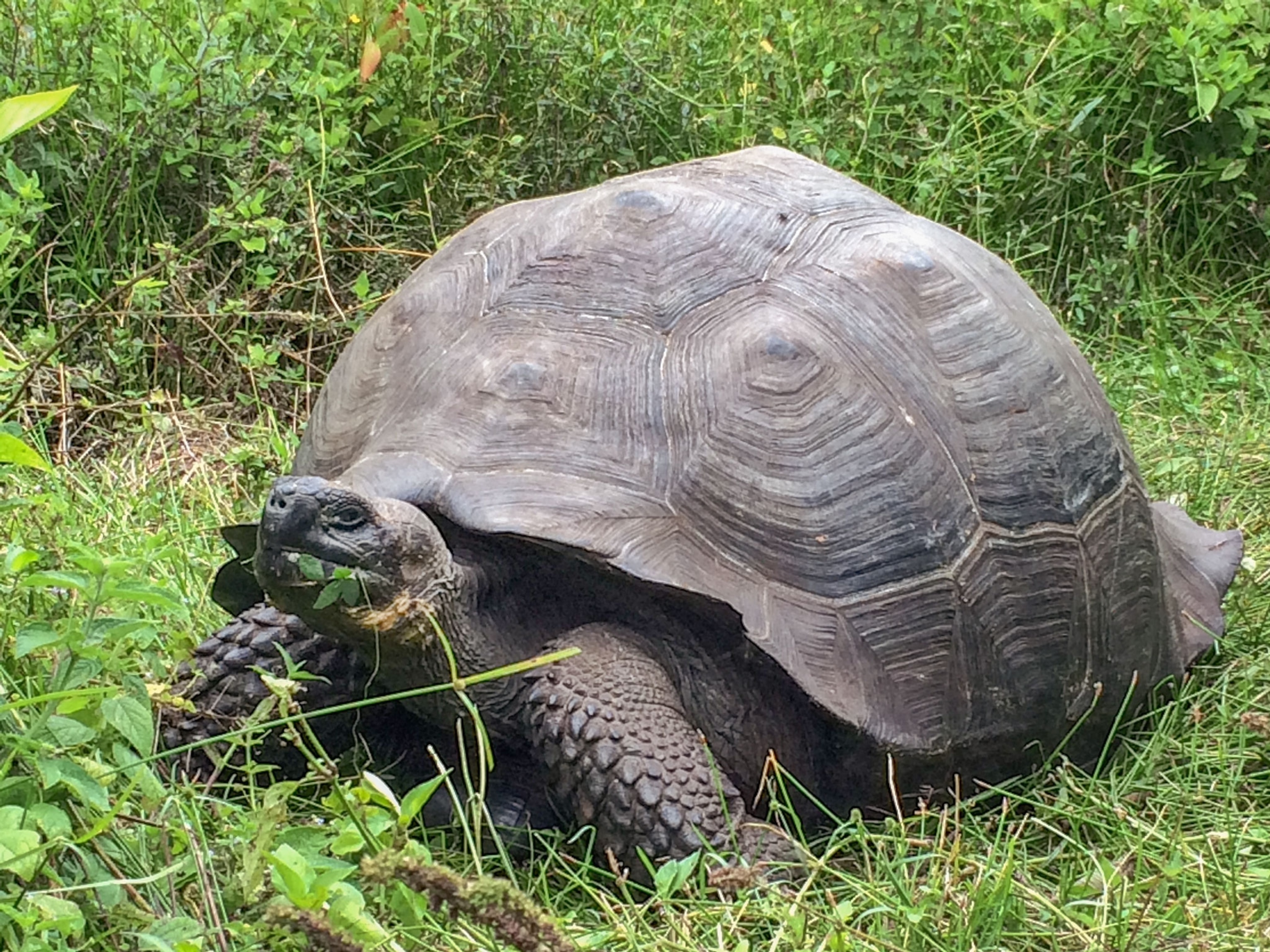
Caccone stands by her team’s results. “If they are not two distinct species none of the others [Galápagos tortoise species] are,” she writes in an email.
“Unless you want to make all Galápagos tortoises one species, which I don’t think that many people are suggesting, you have to name a new species here for the Cerro Fatal population,” adds James Parham, a professor at California State University, Fullerton who studies biodiversity and was not involved in the research.
This new information could be important for helping to conserve the two Santa Cruz populations—there are only around 250 of the newly named C. donfaustoi known to exist, and the C. porteri population is now short 250 members and limited to a more restricted geographic range.
“Now when they’re going to manage these populations, they can manage them more effectively by having a better understanding of their evolutionary history and where the different species are,” Parham says.


